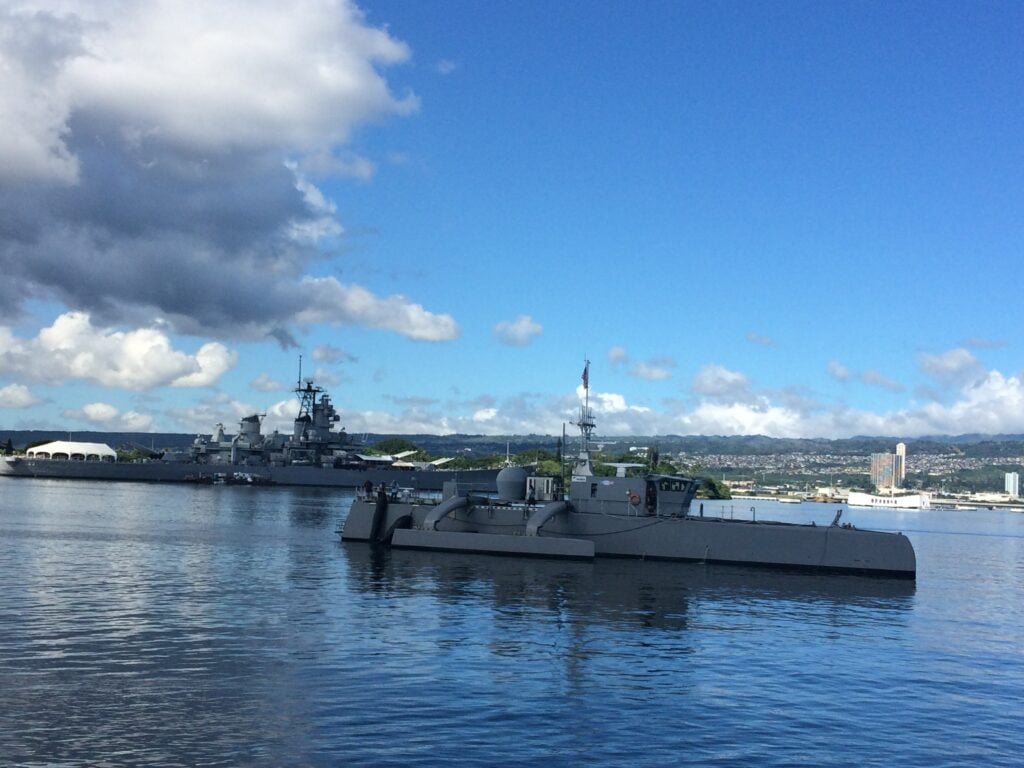
Rep. Adam Smith, Chairman of the House Armed Service Committee, asks a question about the F-35 at Luke Air Force Base
WASHINGTON: The Democratic chairman of the House Armed Services Committee, Adam Smith, turned his characteristically acid tongue on the F-35 Joint Strike Fighter and Republican calls for a 500-ship Navy in a Brookings webcast Friday. While the fleet plan was probably dead on arrival during the late Trump administration, it’s the incoming Biden Administration and the Joint Staff that have painted a target on the F-35.
Perhaps as part of that push, Smith will receive a classified briefing on fighter options next week, he said, from the fifth-gen stealth fighters like the F-35, to upgraded but unstealthy fourth-gen options like the F-15EX, even to all-new sixth-gen machines.

Rep. Adam Smith, chairman of the House Armed Services Committee
The key question for Smith, he said: “What does the F-35 give us? Is there a way to cut our losses? Is there a way to not keep spending so much money for such a low capability, because the sustainment costs are brutal.”
Smith shrugged off suggestions the F-35 program has outgrown its early agonies to deliver an improved product, mocking that argument as, in his words, “I know it doesn’t work particularly well, but if you bought more, your per unit costs would go down.’”
“I want to stop throwing money down that particular rat hole,” Smith said. While he acknowledged Congress can’t just “get rid of the program,” he said he favored a future air fleet with less dependence on the F-35 and a more balanced “mix of fighter/attack aircraft.”
But at least Smith – infamous for his acerbic snark – kept a straight face when discussing the F-35. He couldn’t manage that when Brookings moderator Michael O’Hanlon brought up calls for a 500-ship fleet.
“This whole thing’s just funny for me,” Smith said, dismissing the plan as politically motivated grandstanding by the then lame-duck Trump Administration.
In fact, Smith and O’Hanlon also questioned the earlier 355-ship goal endorsed by Congress in a 2018 law. That number, O’Hanlon suggested, came from simply asking four-star combatant commanders around the world how many ships they needed to sustain their desired daily activities. That, Smith replied, is “like asking the Cookie Monster how many cookies you should have.”
That said, once you get over an “obsession with the numbers,” Smith said, “they did some good work” on the 500-ship fleet plan, particularly with an emphasis on innovative ideas like novel unmanned vessels.

The experimental unmanned Sea Hunter is the forerunner of the Navy’s proposed fleet of robotic warships.
Indeed, Smith said, in future conflicts, raw numbers will matter less than high-tech capabilities, such as cyber warfare.
“If you have a 500-ship navy and you’re up against someone who has a five-ship navy, but they’re able to shut down your information systems so none of your 500 ships work, they win,” Smith said. “Okay? That’s what it comes down to.”
Smith, a longtime champion of acquisition reform, said the Pentagon procurement system must move much faster to keep up with constant advances in technologies like software and artificial intelligence. Command, control, and communications (C3) networks are increasingly a target in modern conflict (indeed, Chinese “informationized warfare” theory specifically makes them the primary target), so they must be both “resilient” and “replaceable,” he said. That particularly includes C3 networks controlling nuclear forces.
One old-school Cold War capability Smith said was worth reviving: The manufacturing capability to build plutonium “pits” that form the core of nuclear weapons. While he’s deeply skeptical that the US needs the number of nuclear weapons it has, or all the new kinds of nukes that the Trump Administration advocated, Smith said a deterrent is essential – and without pits to do the actual exploding, and C3 networks to tell things when to explode, no amount of other systems will give you an actual working deterrent.
How much would Smith’s vision of the Defense Department cost? Don’t fixate on a figure, Smith said, saying he was still “bitter” over a battle between $733 billion and $750 billion versions of the budget back in 2019. “I really have enormous confidence in the ingenuity of people,” he said, “and if you tell someone… ‘this is the amount of money you have, you make it work’ — you make it work.”
Navy jet trainer fleet operations remain paused after engine mishap
One week after the incident, a Navy spokesperson says the service is continuing to assess the fleet’s ability to safely resume flight.


























